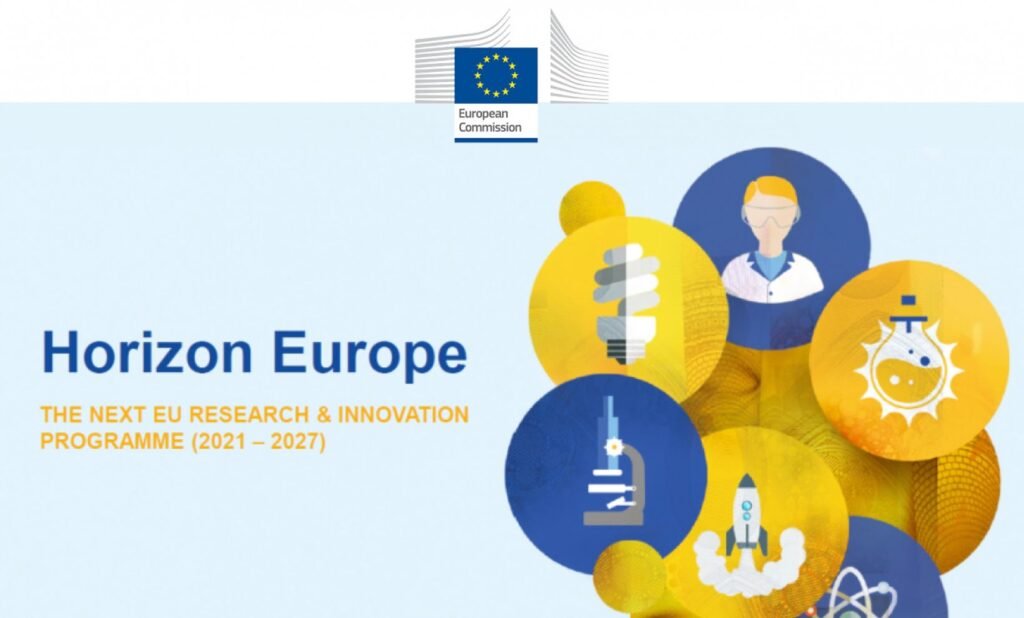Creating a robust consortium for a Horizon Europe project is a critical step towards securing funding and ensuring the project’s success. The nature of the consortium largely depends on the type of project, whether it is a Research and Innovation Action (RIA), Innovation Action (IA), or Coordination and Support Action (CSA). Below, we explore tailored strategies for each type.
RIA Projects: Scientific Excellence and Research Capacity
Research and Innovation Actions (RIA) focus on establishing new knowledge and exploring the feasibility of innovative technologies. To build a strong RIA consortium, prioritize academic institutions, research organizations, and universities known for their scientific expertise and research capacity. Including partners with complementary technical skills is essential. Also, involving stakeholders who can validate results through pilot testing can strengthen the proposal. When selecting partners, aim for diversity in methodologies and scientific approaches to enhance credibility.
IA Projects: Industrial Leadership and Market Readiness
Innovation Actions (IA) are designed to produce innovative products or services ready for market uptake. Therefore, the consortium should consist of industry leaders, SMEs, and technology providers who can facilitate the commercialization of results. Including end-users and industry associations ensures that the project meets market needs and that the outcomes are widely disseminated. Additionally, integrating partners with experience in technology scaling and intellectual property management can significantly enhance the project’s impact.
CSA Projects: Policy Impact and Stakeholder Engagement
Coordination and Support Actions (CSA) aim to coordinate research activities, support policies, and disseminate results rather than produce direct research outcomes. Therefore, the ideal consortium should include policy think tanks, NGOs, public authorities, and networks capable of fostering stakeholder engagement and facilitating knowledge transfer. Partners should have proven experience in outreach, policy recommendations, and building consensus among diverse stakeholders.
General Tips for Consortium Formation
Balance Expertise and Representation: Ensure that partners cover both the thematic and geographic scope required by the call.
Foster Collaboration from the Start: Engage potential partners early, discussing roles and contributions to secure commitment.
Emphasize Complementarity: Avoid redundancy by clearly defining each partner’s unique contribution.
Include Cross-Sectoral Partners: Addressing the call’s multidisciplinary aspect can increase competitiveness.
Forming a strong consortium requires strategic thinking and alignment with the project’s objectives. By understanding the specific needs of RIA, IA, and CSA projects, you can assemble a consortium that not only enhances your proposal’s chances of success but also ensures impactful and sustainable outcomes.



